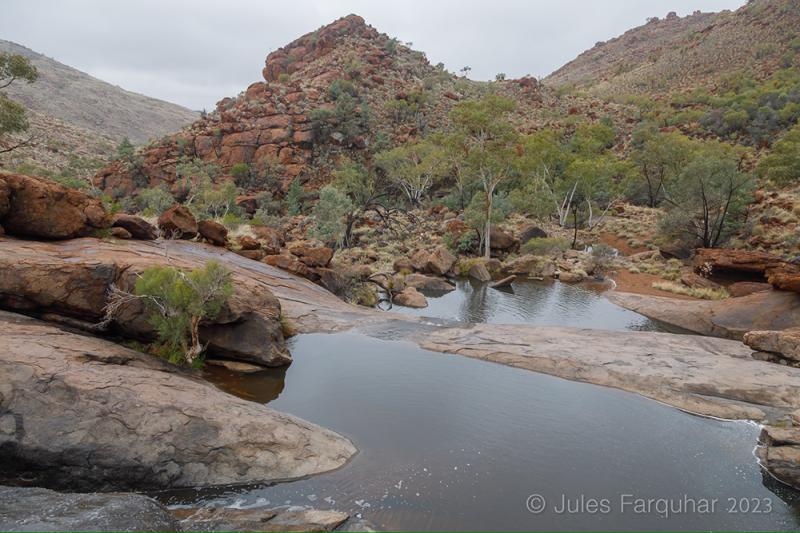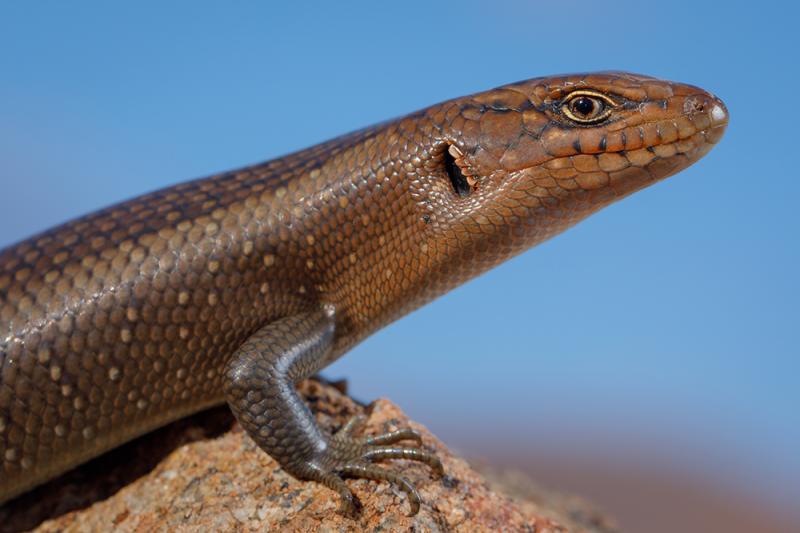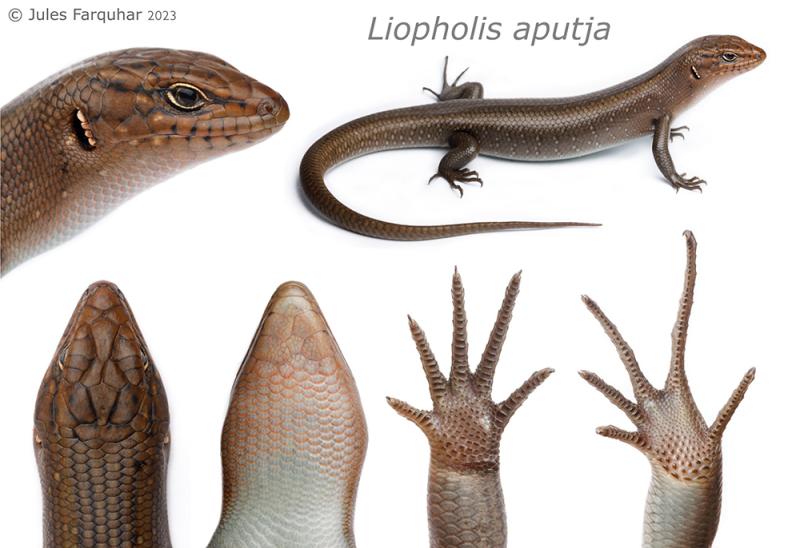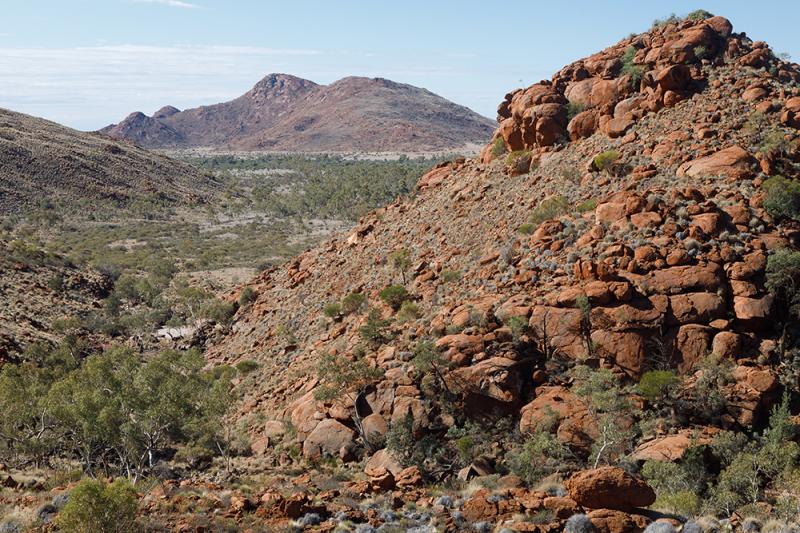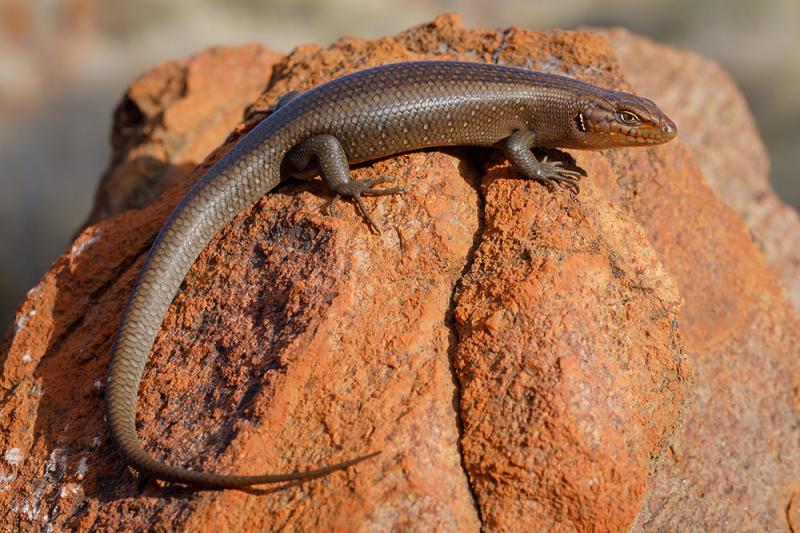
New species of Australian desert skink – Wildlife Australia Guide
Gallery
URPoint Details
Monash Uni and Indigenous researchers discover new species of central Australian desert skink
A NEW ROCK SKINK species has been discovered in central Australia by Monash University and local Indigenous researchers.
The Central Ranges rock skink (Liopholis aputja) – characterised by its orange, pointed snout – inhabits the hills of the Mann-Musgrave Ranges near the northern border of South Australia.
Jules Farquhar, who led the research for Monash University’s School of Biological Sciences, said ‘aputja’ is a local Aboriginal word meaning ‘of the hills’.
“The name recognises that this is the only skink known to live in the mountains of the Mann-Musgrave Ranges – the other species are usually only found on the surrounding sand plains,” Mr Farquhar said.
“In fact, we believe the species is unique to this region of South Australia.”
Discovery with First Nations field help
Mr Farquhar and his Monash University colleagues studied the skink during a 2023 field research trip alongside Aboriginal traditional owners from the Aṉangu Pitjantjatjara Yankunytjatjara (APY) Lands.
To determine its distinct genetic profile, they undertook more than a year of research to compare it with other known species.
In addition to its genetics, Liopholis aputja has fewer scales above its eyes and more ear lobules than its closest relative, a skink from the MacDonnell Ranges in the Northern Territory.
“There was some question around the relationship between the skink populations in the two regions for a few years, but we have only now been able to confirm these as distinct,” Mr Farquhar said.
“The findings have important implications for the conservation of the Mann-Musgrave Ranges, as it further emphasises the uniqueness of the region’s fauna and the need to protect it.
“Australia is very rich in biodiversity but we still have a lot of species out there that we don’t know about, especially in remote and understudied regions, so these discoveries are critical to protecting them.”
Value of cultural knowledge in science
Mr Farquhar said working with APY Lands traditional owners highlighted the importance of cultural knowledge to conservation and habitat protection.
“It’s amazing to see and learn from them about the land and how she changes throughout the year,” Mr Farquhar said.
“The conclusions they draw about the landscape are insightful, founded on long term knowledge and their love of country.
“There is a lot of value in Western scientists and traditional owners going into remote regions and working collaboratively to understand more about our landscape and wildlife.”
FURTHER INFORMATION
The discovery of the Liopholis aputja has been detailed in a study published in the November edition of the peer-reviewed journal Zootaxa. It is available online: https://doi.org/10.11646/zootaxa.5536.1.6
# ends
- Type:
- Wildlife
















